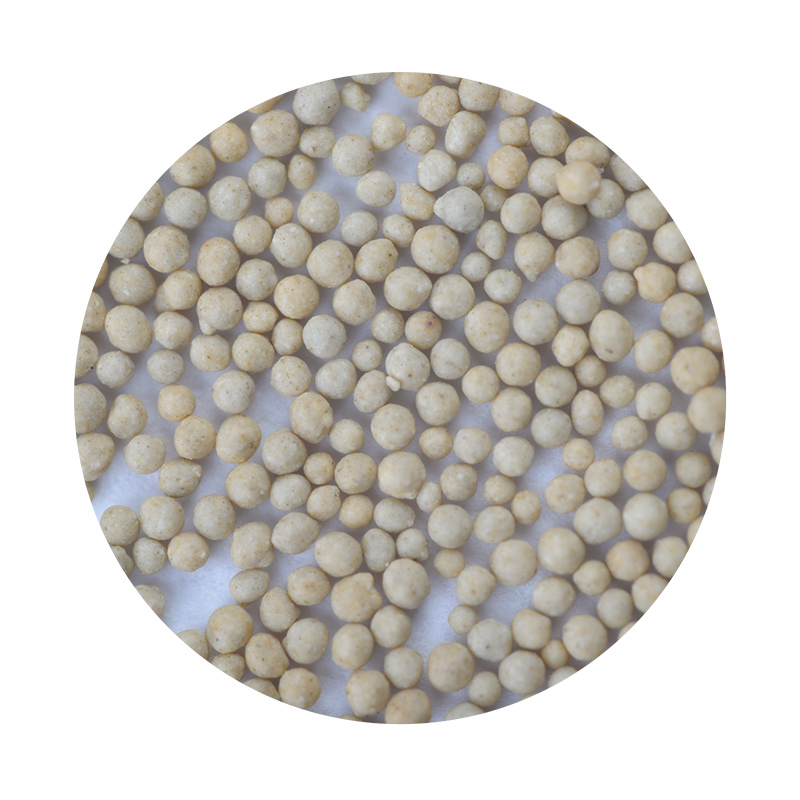Casting Sand for Sale A Vital Resource for Metal Foundries
In the realm of metalworking, casting is a fundamental process that allows manufacturers to create intricate and durable components. Among the numerous materials that facilitate this process, casting sand stands as one of the most crucial. As an essential resource for metal foundries, casting sand is not merely a product for sale; it represents the backbone of the foundry industry.
What Is Casting Sand?
Casting sand, primarily silica sand, is a granular material that possesses the right properties to mold and form various shapes when mixed with a binding agent. The primary characteristics that make sand suitable for casting include its excellent thermal stability, adaptability, and grain size. When mixed with water and clay, it forms a mold that can withstand the heat generated during the metal pouring process. The precise mixture of sand with additives is crucial, as it influences the integrity and finish of the final cast products.
Types of Casting Sand
There are different types of casting sand, each lending itself to specific applications
1. Green Sand This is the most common type used in foundries. It consists of sand, clay, and water, allowing it to retain moisture and maintain shape. This type of sand is favored for its cost-effectiveness and ease of manipulation.
2. Dry Sand As the name suggests, this type contains no moisture. It is typically used in applications requiring precise detail and finish, as it creates a smoother surface on the cast.
3. Resin Sand This variation incorporates resin as a binding agent. It is known for its superior strength and ability to produce complex shapes with excellent dimensional accuracy. However, it is more expensive compared to traditional green sand.
casting sand for sale

4. Oil Sand Oil-bonded sand is used in specific applications where high thermal stability is necessary. It is less common but offers unique advantages when dealing with certain metals or casting processes.
The Importance of Quality Casting Sand
The quality of casting sand directly impacts the outcomes of metal casting. High-quality sand helps produce smoother surfaces, reduces defects, and minimizes post-casting processing. Foundries must maintain strict quality control measures when sourcing casting sand to ensure that the product meets industry standards. This involves not only the physical properties of the sand but also its chemical composition to avoid unwanted reactions with molten metal.
Where to Buy Casting Sand
When looking for casting sand for sale, foundries and manufacturers can consider both local suppliers and larger companies specializing in industrial materials. Online marketplaces have also emerged as a viable option for purchasing casting sand. It is crucial to vet suppliers for quality assurance, price competitiveness, and the ability to provide reliable delivery services.
Many suppliers offer specific grades of casting sand tailored to various casting processes, ensuring that customers receive the appropriate material for their needs. Regular communication with suppliers can help buyers understand how to select the right grade of sand based on the types of materials being cast and the specific requirements of their projects.
Future of Casting Sand in the Industry
As technology evolves, the foundry industry continues to innovate. Research into alternative materials and sustainable practices is becoming more prevalent. Biodegradable and eco-friendly casting sands are emerging, contributing to reduced environmental impact. The demand for high-quality casting sand is not expected to decline, as the need for durable and precise metal components grows across various sectors, including automotive, aerospace, and manufacturing.
In conclusion, casting sand is not just a commodity; it is a vital component in the metal casting process. With various types available, each offering unique benefits, the importance of sourcing quality casting sand cannot be overstated. As the industry continues to progress, the future looks promising for both traditional and innovative casting sand solutions, ensuring that the foundry sector remains robust and efficient in meeting the demands of modern manufacturing.
Post time:Лис . 17, 2024 09:00
Next:Different Methods and Techniques of Sand Casting in Metalworking
